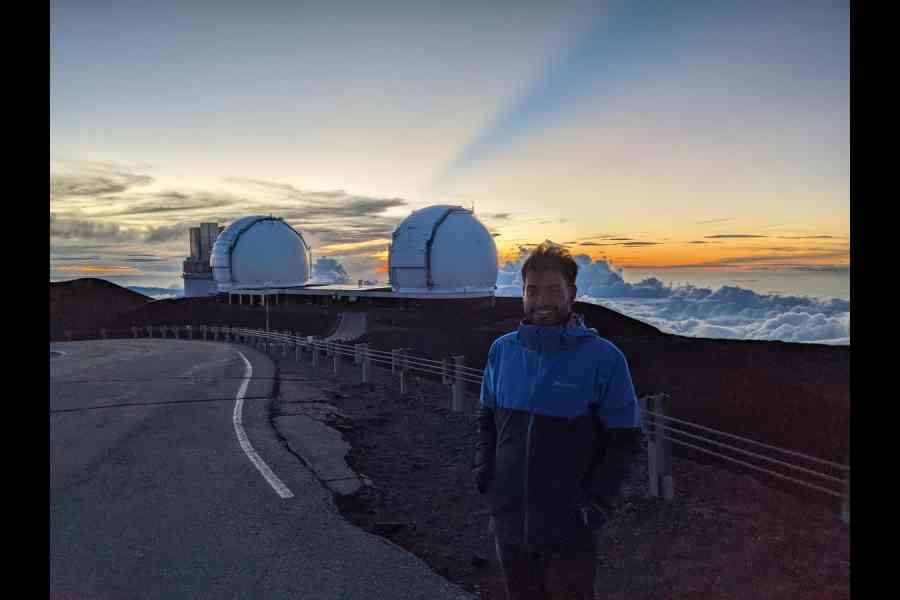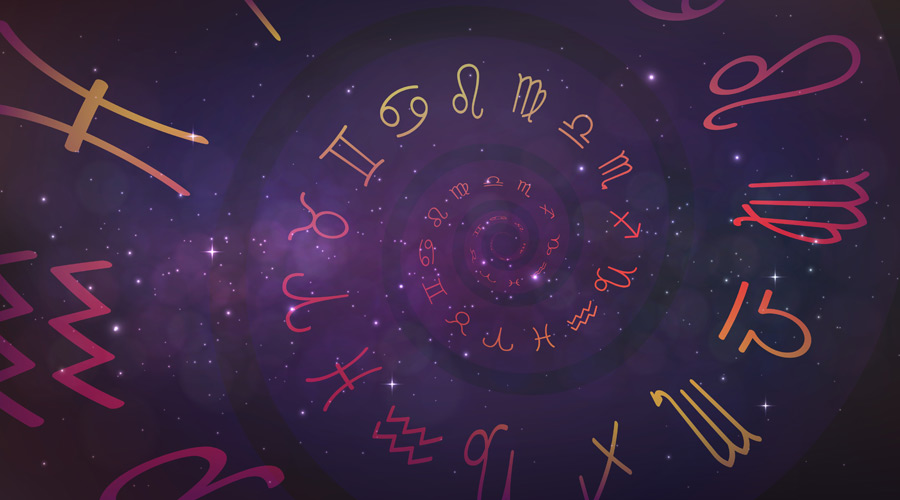Astronomers have for the first time spotted a dying star billowing outwards and swallowing its planet, a fate they say will befall the Earth in the distant future.
Calcutta-born Kishalay De, who went to St James’ School in the city and is now at the Massachusetts Institute of Technology, led the study of a sharp short flash in the sky that he says is best explained by a star engulfing a planet.
De and his collaborators on Wednesday described in the journal Nature their observations of a Sun-like star 12,000 light years away brightening 100-fold within two weeks then fading, leaving behind signals indicating it had swallowed a Jupiter-sized planet.
“We’re seeing the future of the Earth about five billion years from now,” De said. When a Sun-like star runs out of fuel, according to the standard theories of solar physics, it will expand, its gases billowing out a million times its original size, engulfing any orbiting planets.
Over decades of earlier observations, astronomers have at times spotted hints of stars just before and shortly after the act of consuming planets. But until now, no one had observed the actual sequence of such an event as it occurred.
NEFERTITI BISWAS – Thu, 4. May 2023 4:04 AM – 04nationstarturnCE
Star gobbles up planet
De, a post-doctoral researcher at MIT, was using a telescope in California searching for a class of end-stage stellar eruptions called novae when he noticed in May 2020 a star that brightened by 100-fold over two weeks, but somewhat suspiciously different from a nova.
The white flash was followed by a colder, longer-lasting signal showing that the eruption flowed in infrared light after the optical outburst had faded away. De said the infrared glow that lasted months signalled the formation of dust. Archived astronomical data also showed the star had been ejecting gas and forming dust in the year preceding and leading up to the optical outburst itself.
“When I put all the pieces together, the only thing that made sense was that the source must be an event involving the merger of a star with another companion,” De told The Telegraph via email. Astronomers have over the years catalogued around 20 stellar mergers.
“But unlike typical stellar mergers, this source appeared exceptionally faint by a thousand times,” he said. “The question was — why was it so much fainter, but eerily looked similar to a stellar merger?”
De, collaborating with Mansi Kasliwal at Caltech, Morgan MacLeod at Harvard, and 23 others in institutions across the US, worked on theoretical interpretations of the observations to deducethat whatever merged with the star had to be 1,000 times smaller than other stars they had seen.
“We show using our physical models for stellar mergers that if you put a planet like Jupiter — which is about a thousand times less massive than the Sun — you can explain the faint luminosity we’re seeing here. This is how we inferred that we saw the engulfment of a planet by its host star,” De said.
The astronomers believe the initial white flash was likely the final moments of a Jupiter-sized planet being pulled into the dying star’s ballooning gases. As the planet fell into the star’s core, the outer layers of the star blasted outwards, turning into cold dust over the next year.
De was born and brought up in Calcutta where he went to the Seventh Day Adventist School, then to St James’ School before moving to the Indian Institute of Science, Bangalore, for an undergraduate physics degree and the US for a PhD.
The astronomers used telescopes in California, Hawaii, Chile and a Nasa space observatory for their study.












